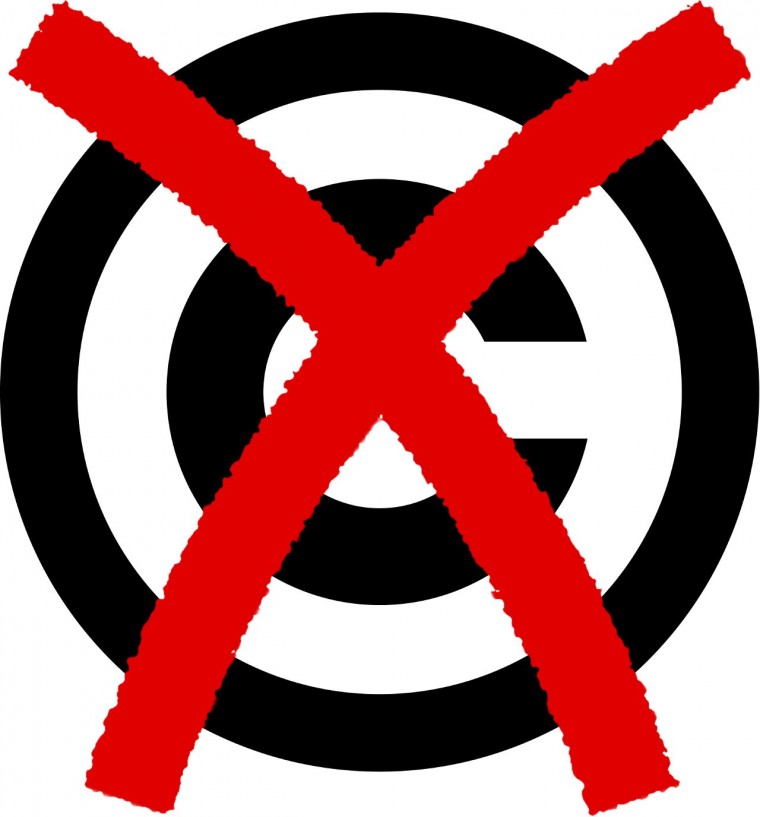Taking into account that the last major change to copyright legislation took place in 1980s – the era of the Betamax and personal cassette recorder – and now almost all the data is created and stored in a digital form, copyright definitely needs modernisation (White, 2012).
Most of the copyright laws are considered to be out of date (The Justice Gap, 2013) as despite firstly they were created for protecting the rights of individual authors, nowadays they protect the rights of media industry monopolists who earn much more money than the authors themselves do and, besides, prevent people from having access to cultural products (Meril et al., 2013).

Copyright Hub – (Orlowski, 2015)
There is a vast majority of people complaining that the fair use rules are unclear and that copyright law is not relevant for the digital age. J.D. Lasica (2005) considers fair use a fuzzy concept that doesn’t provide users with clear rules due to its multiple variables.
In addition, in the era of prosumers where everybody participates in a shared experience, people are establishing rules of engagement in the age of Internet technology. Users – especially the youth who get used to social nets – want to
access, remix and share culture. The rules of analog epoch is no longer relevant for participatory culture (Glaser, 2008).
Nowadays many authors create works not for getting money, but for earning the respect of other users and don’t mind collaborating with other prosumers. In this case Creative Common or Copyleft is the best option.
Moreover, instead of encouraging digital creativity ‘the governments are promoting tighter controls and restrictions, rather than freer access’ (Glaser, 2008). Owen Gallagher (2008) considers that Creative Commons is a good way out in this way, especially in the countries where Copyright Law doesn’t include fair use or fair dealing. He also says that today copyright works in favour of big companies that results in the creation of less works since people are afraid of being sued.
Julia Reda has even published the report that is aimed at harmonisation of copyright law as she claims that rights-holders and their lobbyists had accumulated too much power without taking into account the rights of public (Richmond, 2015).
Maël Brunet (2014) believes that copyright rules ‘should not allow anti-competitive practices consisting in limiting technical interoperability’. The recent example is Nintendo versus PC Box case where using DRM technologies was approved by the European Court of Justice, however, it wasn’t highlighted in the law. Such cases lead to hindering innovations in the area of web development.
However, according to Simon Juden (2016), ‘Copyright is the essential enabler for the digital economy and it fits for purpose in the 21st century as it had ever been’.
To protect the rights of authors that are copied illegally in the digital age and don’t want to be a part of “copyright society” the participants of the conference “The Fight For Common Wealth” have created an alternative idea – a new R (Respect and Release) mark. It is intended “to free the people’s right to recreate from the original artworks with respect, and to extend the means of expressing their gratitude toward the original artwork” (2015).
In my opinion, if companies want to get profit by selling their intellectual property they need to provide their users with two options, for instance, a free product with limited features under GPL license and an advanced paid version of it under Commercial license. Furthermore, they may do it like Netflix did – sell subscriptions at reasonable prices.
